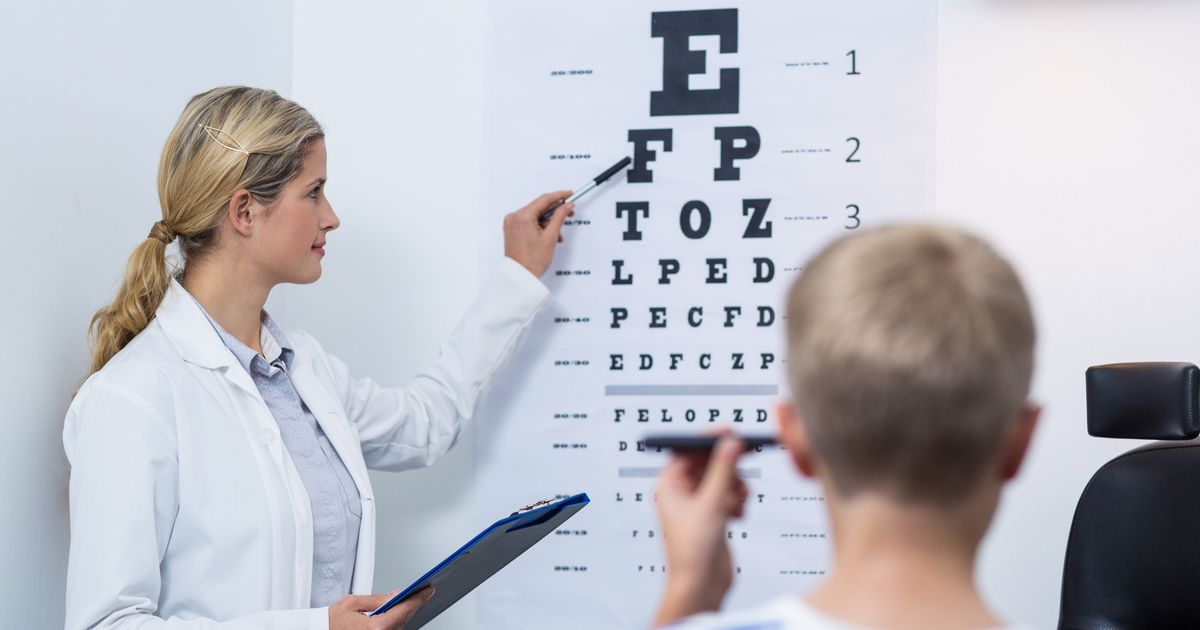Could You Have An Eye Astigmatism?
Diagnosing Astigmatism Through An Eye Exam

An eye exam with an optometrist is the most reliable way to determine if astigmatism exists or if it is another condition. During the eye exam, the optometrist will conduct a series of tests, including asking the patient to read letters on a chart at varying distances and testing the focusing power of their eyes with a series of lenses placed in front of their eyes.
Other important tests to help diagnose astigmatism include a tool called a keratometer to measure the cornea’s curvature, as well as corneal topography to help accumulate as much information as possible about the shape of the cornea’s surface. It is important to note, hover, these tests may also indicate other conditions such as nearsightedness or farsightedness, which are not the same as astigmatism, but may appear alongside it. Once the optometrist diagnoses the issue, they will then discuss the appropriate course of treatment for this.
Treatment Options Available For Astigmatism

In many cases, corrective eyeglasses or contact lenses can effectively treat astigmatism. Eyeglasses can help sharpen the light and refocus it to hit the retina properly. Rigid contact lenses can effectively reshape the cornea. Optometrists will often recommend one of these two for more severe cases of astigmatism, though soft contact lenses are also an option for mild cases. If this is the chosen treatment, the optometrist will write the patient a prescription for their specific astigmatism, which the patient will then fill either in the optometrist’s office (if they offer this service) or with a licensed optician.
However, the optometrist may decide corrective eyeglasses or contact lenses are not the appropriate treatments, or the patient may request another option, which is where corrective surgery comes in. At this point, the optometrist will refer the patient to an ophthalmologist, who is a licensed eye surgeon and can better discuss the surgeries available to the patient.
